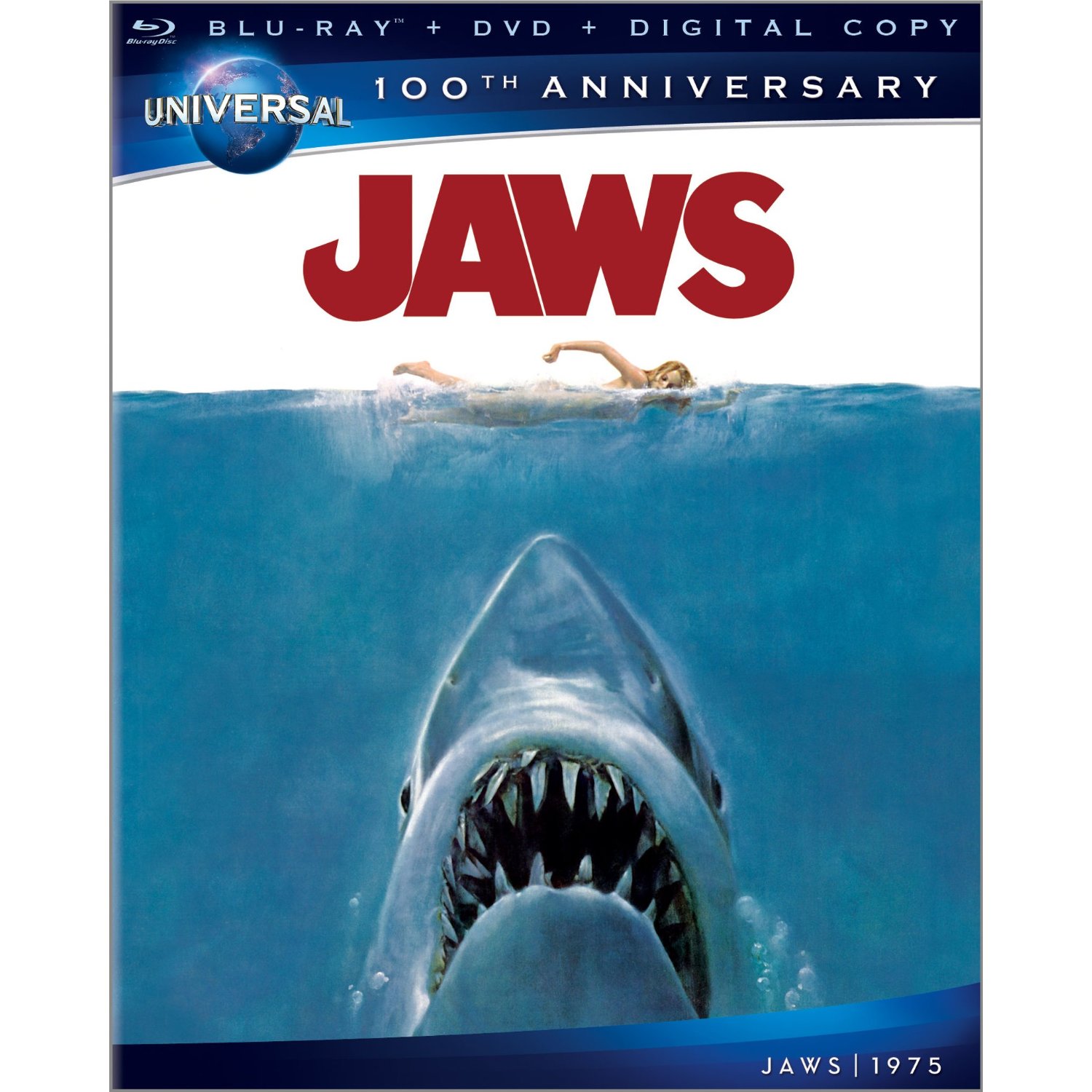 “Jaws” fans can now breathe a sigh of relief because after years of begging and pleading Universal Studios is about to release Steven Spielberg’s 1975 blockbuster in an all new Blu-ray DVD package. But how do you take a film almost four decades old and make it look like better then brand new? That job fell to Peter Schade, Vice President of Content Management and Technical Services for Universal.
“Jaws” fans can now breathe a sigh of relief because after years of begging and pleading Universal Studios is about to release Steven Spielberg’s 1975 blockbuster in an all new Blu-ray DVD package. But how do you take a film almost four decades old and make it look like better then brand new? That job fell to Peter Schade, Vice President of Content Management and Technical Services for Universal.
After earning a bachelor’s degree in Telecommunication and Film from California State University, Schade began his career as a scheduler for Turner Entertainment in 1989. He later worked in the technical services departments of both Turner and Worldvision. In 1999 he joined Universal as Director of Worldwide Home Video and Television Servicing, playing a key role in the relocation of International Home Video Servicing. He was promoted to his current position in August 2002. While finalizing his work on “Jaws” Mr. Schade found the time to sit down with Media Mikes.
Mike Smith: You have a Bachelor’s Degree in Telecommunication and Film. What were your goals when you left college? Did you intend on working in the technical side as you are now or were you looking to be more hands on as a filmmaker?
Peter Schade: When I was in school I always gravitated more towards being an editor. On student projects I was always the guy putting them together. But when I got my first “real” job after school I did intend to grativate more towards the technical side but circumstances pulled me more towards a management role. But  I am managing a technical department so I’m very happy where I am.
I am managing a technical department so I’m very happy where I am.
MS: Can you describe a normal work day?
PS: Wow. My job has many facets so there are really no two days that are alike. My department sits right between production and distribution, so upstream of me you’ve got production both in the feature and television side creating content and delivering it to the studio. Then my team creates all of the archived assets that are made in support of distribution and then downstream of me are divisions like Home Video and Television…International…Domestic…Non-theatrical. So we’re delivering content every day to any number of those groups. The rest of the library has us dealing with contents that are decades old to contents that are brand new so there are lots of challenges. There’s never a dull moment!
MS: Were there any special processes that you needed to employ to transfer “Jaws?”
PS: The special processes begin in the way we care for the elements, from the original negative on down through any of the distribution masters that we make. We have our own vaults – buildings that are specifically designed to store material – that are kept at the proper temperature and humidity. In terms of taking the original negative and transferring it…digitizing it…we specifically used a film scanner that employed wet gate technology. This means the film is passed through a chamber before the gate which is filled with a liquid that is the same as the film base. Therefore any surface damage on the film is filled in and we don’t see the things that have gotten on the film as a result of its age. It’s scanned at 6K resolution, which is probably eight to ten times more then you’d see on High Def. Once that image information is digitized off the filmwe use any number of tools to work on color correction and dirt fixes and stabilization. There are many parallel processes that go on at the same time that take weeks and sometimes months until we have a product that we think is of the quality needed to put out on Blu-ray.
parallel processes that go on at the same time that take weeks and sometimes months until we have a product that we think is of the quality needed to put out on Blu-ray.
MS: In the featurette describing the processes currently on line, it looks like you’re actually inspecting , cleaning and digitalizing the film frame by frame. Is that correct?
PS: There is an inspection that goes on. Before you put the film on a mechanical device you want to make sure there’s no broken sprocket holes or loose splices. You have to make sure the film is in good shape before you even begin to scan it. That is what they are referring to in the documentary as far as studying the film frame by frame. It’s literally a negative expert who is used to handling film. They go through every reel and hand inspect every foot…every frame…of that film.
MS: Do you also spend any extra time working on the supplemental aspects of the disc? I know the fan documentary “The Shark is Still Working” is included. Did your team work on that film as well?
PS: My team only focuses on the actual feature itself. There are other groups that focus on the supplemental material.
MS: I think I can speak, not only for “Jaws” fans, but for film fans when I say that the release of “Jaws” on Blu-ray is probably one of the most anticipated releases in the history of the format.
PS: It’s a great film. It’s one of my favorites as well. It stands the test of time. And coming out on Blu-ray, we’re very proud and honored to get it out there and have fans see it better than it’s ever been
Related Content
- Chris Olen Ray talks about directing films like “Mega Shark vs Crocosaurus” and working with The Asylum
- H. Perry Horton talks about writing “Shark Week” & “2-Headed Shark Attack” with The Asylum
- Terrance Zdunich talks about Scoring and Playing Lucifer in “The Devil’s Carnival”
- Darren Lynn Bousman talks about “The Devil’s Carnival”
- Jonathan Sadowski talks about “Chernobyl Diaries”

